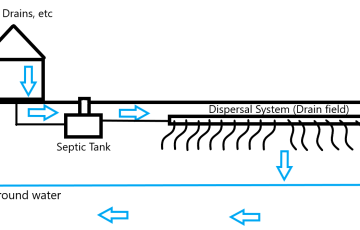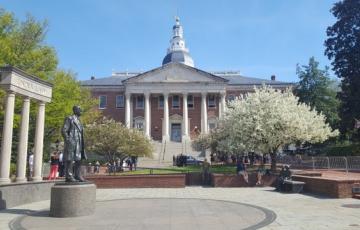Landscaping Your Septic System!
You have to have a septic field, but how do you make it a beautiful feature of your yard? How can you make it a native landscape supporting pollinators?
Whether it's a sound mound drainfield or the maintenance access ports to a septic tank or BAT unit, homeowners often wish they could camouflage




